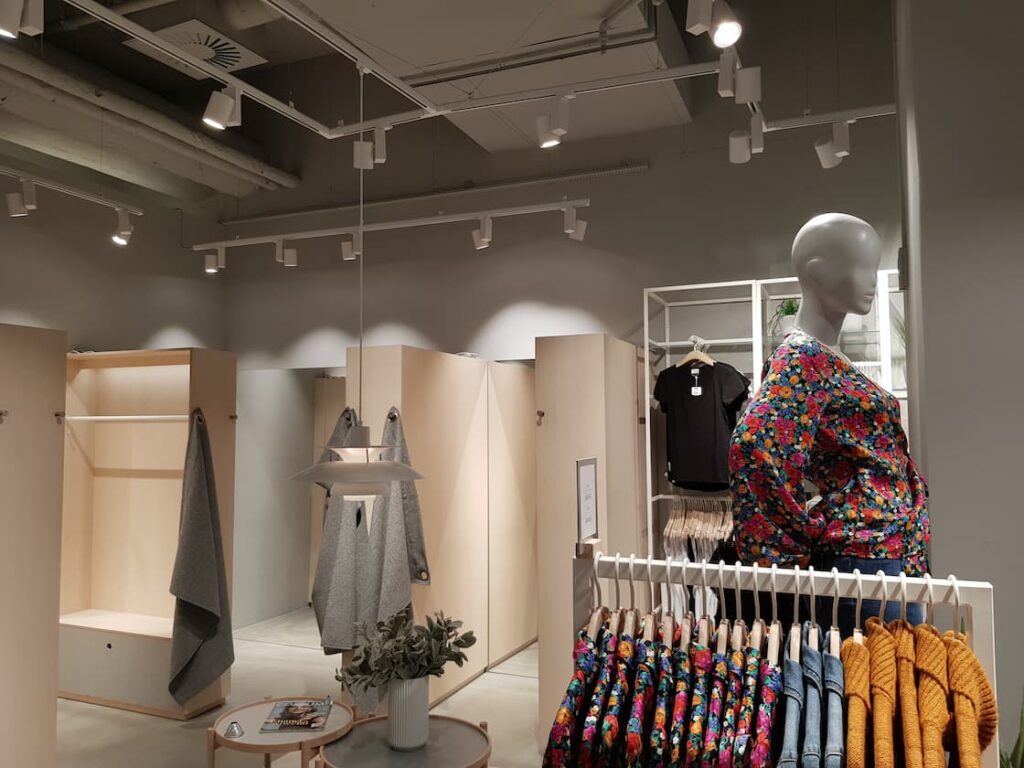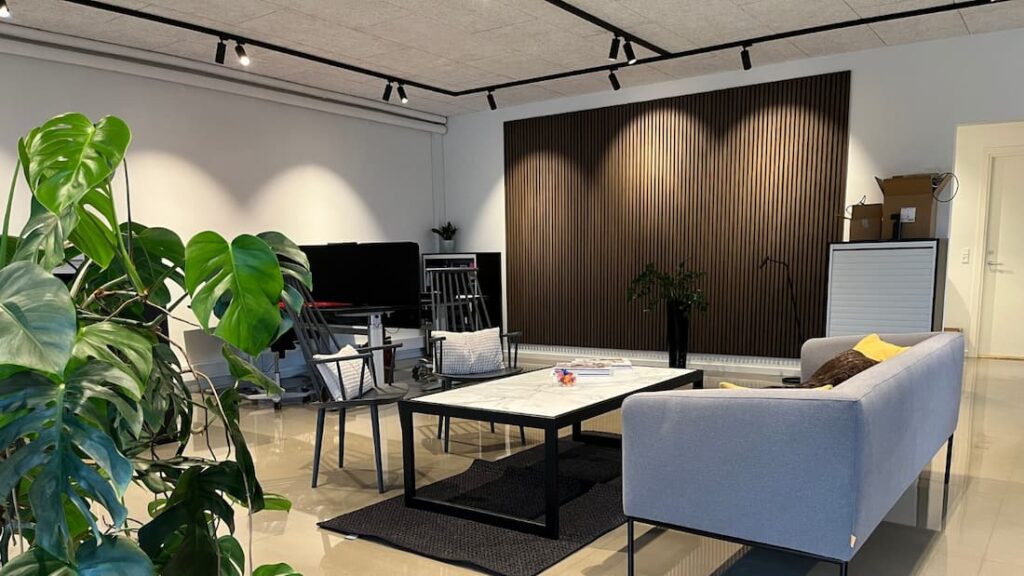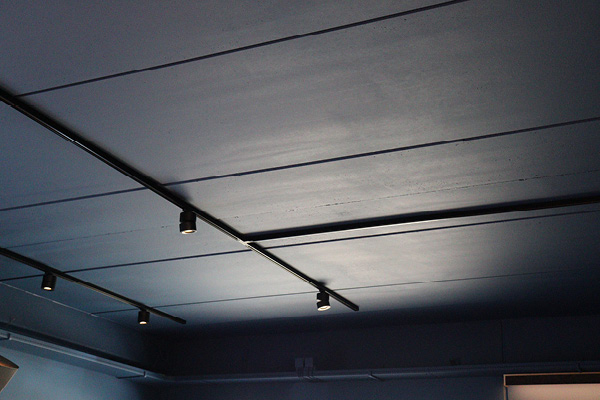Project lighting in commercial spaces
- Af Mette Bergholdt
- Last updated22. May 2024
Project lighting plays a crucial role in creating the right atmosphere and functionality in commercial spaces.
Whether it involves stores, offices, restaurants, or galleries, properly planned lighting can enhance both aesthetics and usability.
Here, we will review the key considerations and strategies for implementing effective project lighting in commercial environments. You will learn about the importance of identifying the purpose of the room, the benefits of track lighting with spotlights, choosing energy-efficient solutions, planning lighting zones, the significance of color temperature, and the integration of smart lighting.
Continue reading to gain a deeper understanding of how you can optimize lighting in your commercial projects and create a welcoming and functional atmosphere.

Below is a step-by-step guide on what to consider and think about when deciding what kind of lighting you need for commercial spaces.
If you need further information, please contact us.
A bit about the author:
Mette Bergholdt
Share post:
Related posts:
The ultimate guide to task lighting in different environments
1. Identify the purpose of the room
Before choosing lighting, it’s important to understand what the room will be used for.
Is it a retail space where products need to be highlighted? Or an office where task lighting is necessary?
Identify the primary function of the room to select the appropriate type of lighting.


2. Use of track lighting with spotlights
Track lighting with spotlights is a popular solution for commercial spaces. They offer both elegance and functionality, and their minimalist design fits into many different environments.
A track with spotlights provides flexibility, as you can adjust the number and placement of the spots to tailor the lighting as needed. This makes them ideal for product displays in stores and art exhibitions in galleries.
3. Choose energy-efficient solutions
Energy efficiency is an important factor to consider in commercial spaces. LED lighting is an excellent choice as it not only reduces energy consumption but also has a longer lifespan than traditional light sources.
LED bulbs are available in various color temperatures and can be customized to create the desired atmosphere.


4. Planning lighting zones
Divide the room into different lighting zones to achieve optimal functionality and aesthetics.
For instance, general lighting can be combined with accent lighting to highlight specific areas or objects. In a retail setting, you can use spotlights to emphasize products while ceiling lights provide even illumination throughout the entire space.
5. Consider the color temperature of lighting
The color temperature of lighting can affect how both the room and the objects within it are perceived.
Warm white lighting creates a cozy and inviting atmosphere, ideal for restaurants and cafes. Cool white lighting provides a more professional and energetic expression, which may be suitable for offices and retail environments.


6. Integrate smart lighting
Smart lighting technology allows for the automation and control of lighting in commercial spaces. With intelligent control systems, you can adjust brightness, color temperature, and on/off times as needed. This can improve energy efficiency and create the perfect atmosphere for different times of the day.
Especially for rooms with high ceilings
Large and open rooms with high ceilings, especially in older buildings, offer many possibilities for lighting setups that can be adapted to the room’s size and use. These spaces can be effectively divided into different lighting zones that support both work functions and relaxing seating areas.

The advantages of pendant lamps in high ceiling: In rooms with high ceilings, it is ideal to use pendant lamps that can be adjusted in height for optimal lighting. For example, the Moon Plafond can be hung with the adjustable Moon suspension, offering both aesthetic and practical benefits by allowing the light to be positioned precisely where it is needed.
Crealing ambient lighting: To create an inviting atmosphere in large rooms, it is important to integrate ambient lighting, which can consist of floor and table lamps as well as accent lighting such as LED strips. These elements complement the primary lighting and add warmth and character to the room, making it possible to create cozy corners or highlight architectural details.
Final thoughts
Planning lighting in commercial spaces requires careful consideration of the room’s function, aesthetic requirements, and energy efficiency. Track lighting with spotlights, energy-efficient LED lights, and smart lighting are some of the solutions that can help create an inviting and functional atmosphere. With the right lighting plan, you can enhance both the customer experience and employee productivity in commercial spaces.